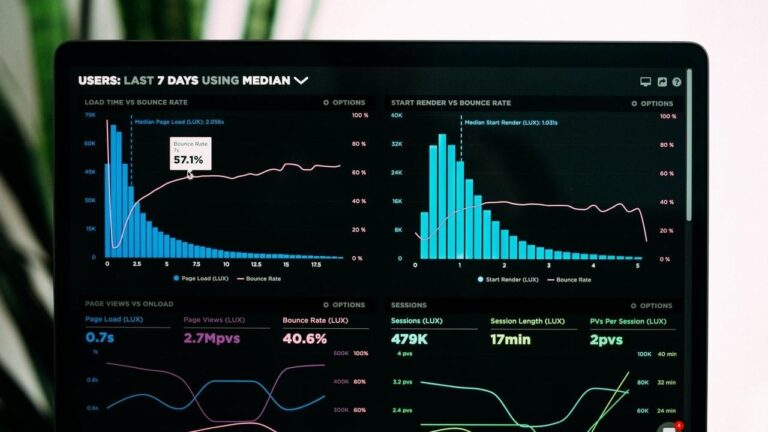In the fast-paced world of e-commerce, understanding and utilizing data is crucial to success. With millions of products available on Amazon, it can be overwhelming for sellers to stand out and drive sales. However, with the power of Amazon analytics, you can gain valuable insights into your customers’ behaviors, preferences, and purchasing patterns. Amazon provides sellers with a robust set of analytics tools that offer insights into customer behavior, market trends, and performance metrics. One of the key advantages of using Amazon analytics is gaining a deep understanding of your target audience. By analyzing data on customer demographics, preferences, and purchasing patterns, you can tailor your product offerings and marketing strategies to better meet their needs and desires. This invaluable information allows you to drive relevant traffic to your listings, resulting in higher conversion rates and increased sales. Additionally, Amazon analytics help you identify trends and stay ahead of the competition.
By monitoring keyword ranking, search volume, and product performance metrics, you can discover which products are trending, what keywords are driving the most traffic, and how your products stack up against competitors. Armed with this knowledge, you can optimize your product listings, adjust pricing, and make informed decisions on inventory management. Furthermore, Amazon analytics enable you to track the effectiveness of your advertising campaigns. Through tools like Sponsored Products and Sponsored Brands, you can monitor the performance of your ads in terms of click-through rates, conversion rates, and overall return on investment. This data allows you to refine your advertising strategies, allocate your budget effectively, and maximize your advertising ROI. In summary, the importance of Amazon analytics for sellers cannot be overstated.
Key metrics to track on Amazon
When it comes to selling products on Amazon, data is king. By mastering Amazon analytics and understanding key metrics, you can unlock the power of data to boost your sales. Tracking these metrics can provide valuable insights into your customers’ behaviors and preferences, allowing you to make data-driven decisions to optimize your selling strategy. One of the key metrics to track on Amazon is the conversion rate. This metric measures the percentage of visitors who make a purchase from your product listing.
By monitoring your conversion rate, you can identify any roadblocks or issues that may be hindering your sales and take steps to improve them. Another important metric to consider is the click-through rate (CTR). This metric measures the percentage of users who click on your product listing after seeing it in search results. A high CTR indicates that your product is attracting attention and generating interest among potential customers. By analyzing the factors that contribute to a high CTR, such as compelling product images and persuasive copywriting, you can optimize your listings to drive more traffic and increase your chances of making a sale. Paying attention to customer feedback and promptly addressing any negative reviews or concerns can help you maintain a positive reputation and ultimately drive more sales. Finally, monitoring your keyword rankings is essential for optimizing your Amazon SEO strategy.



